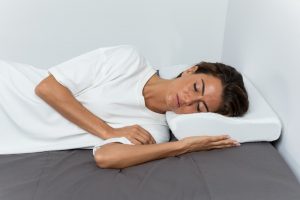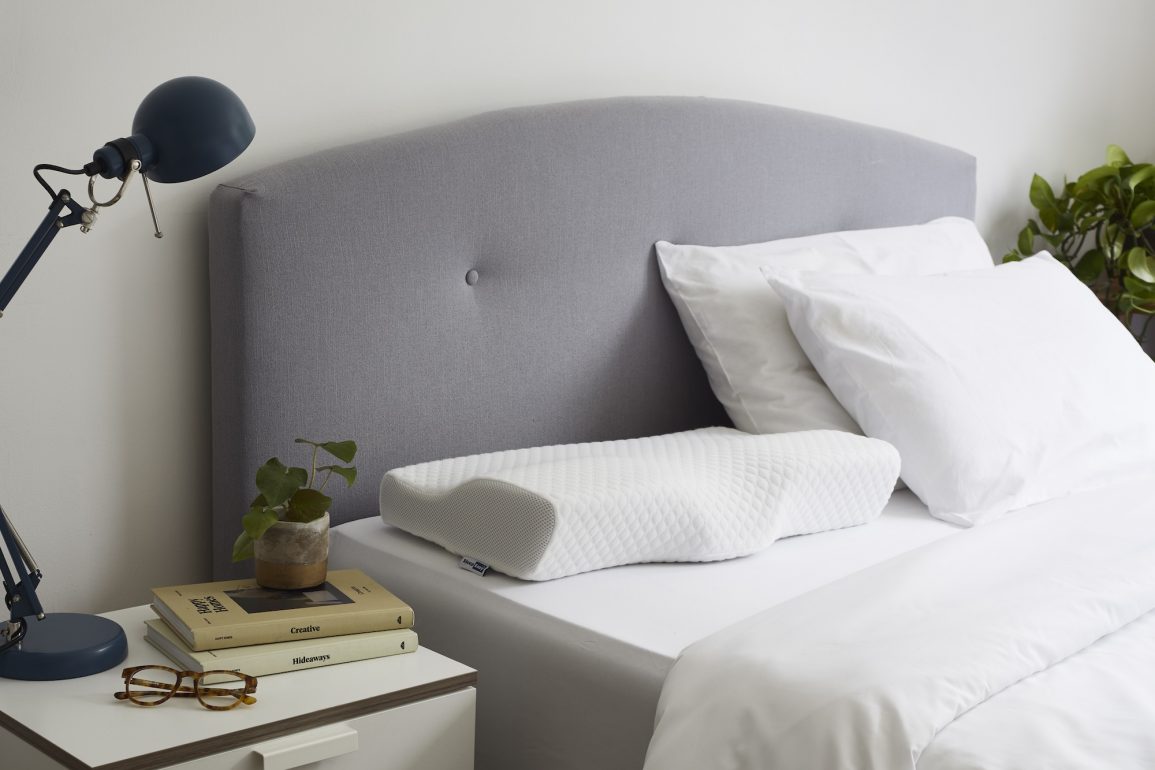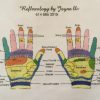Joint, Neck and Back Pain in Menopause – What causes it and what can help?
Historically, menopause has been a period of life that many women dreads. As a Physiotherapy Consultant, Greg Davis, consultant physiotherapist at The Medical, Bristol discussed menopause symptoms with his clients on a daily basis. Most people associate the menopause with mood swings, hot flushes, and weight gain – all of which are very common symptoms. However, there are also many mechanical related symptoms that can be experienced.
Joint pain
It is common to notice an increase in joint pain throughout the body during and after the menopause, this can be attributed to a decrease in the hormone, oestrogen, which is an important hormone used to aid cartilage and bone regrowth. This is also why post-menopausal females are more subject to osteoporosis and osteoarthritis. It’s not all doom and gloom though as there are many ways women can help reduce the symptoms experienced, such as: weight loss, gentle exercise, reducing stress, taking medications such as HRT, licensed herbal medicines, and food supplements, and improving your sleep.
Neck and back pain
Women often become more aware of neck and lower back/coccygeal pain during menopause. Similar with bone and cartilage, oestrogen is also responsible for increasing muscle mass and strength, as well as tendon and connective tissue strength due to its role in assisting with collagen production. Subsequently, as the spine is held upright by a series of muscles, tendons and connective tissues, your posture can worsen at an accelerated rate. Pain felt in the back and neck may initially be hormonal but can lead to it being a musculoskeletal issue without the correct interventions. There are other factors that will impact on this negatively, such as being overweight, Lack of movement/exercise, poor diet, increased stress levels and lack of/poor quality of sleep.
In order to combat the joint, neck and back issues and to improve symptoms, Davis suggests the following:
Ensure your weight is optimal – based on your BMI. Being underweight can be as negative as being overweight as osteoporosis is more commonly linked with underweight ladies as our bones thicken and strengthen based on forces that challenge them – thus less weight equals less bone development.
Strengthening exercises – Generic strengthening for all body is recommended, however, a specific focus on postural musculature for the neck, upper back, and lower back, as well as core are essential to provide the much-needed support to reduce the likelihood of postural changes. Women often take up pilates, which is highly recommended for this – as well as being able to assist with urinary continence, psychological wellbeing and stress and weight loss. But this is just one option for strengthening and this can be done in many forms, by joining classes, joining a gym, or joining a sports club.
Mobility exercises – classes such as YOGA, Pilates, Tai Chi, as well as mobility classes or programmes will help to keep mobility in your spinal joints.
Using medications and supplementations as well as a balance diet – Speak to your GP who will be able to talk through medication options, such as HRT and if you are appropriate for medicative care. Supplementation for back, neck and joint pain of things such as Magnesium, vitamins A, C, D and K, Calcium, and turmeric. These will help with muscle, bone and joint health and reduce the impact of hormonal and mechanical changes, as well as helping with reducing inflammation.

Reduce stress and sleep better – when we sleep, we recover and reduce stress. Stress releases cortisol in the body, which can create an acidity and inflammation in the body and therefore increase pain. Sleeping in an optimal position, with your spine in good alignment will reduce any negative undue forces on the body and maintain spinal joint health in the neck and back. This will also help to reduce the postural related changes and help with blood flow.
You can help any neck/back pain and improve your sleep by using an ergonomic pillow that provides a good level of support for the neck. Davis recommends a contoured memory foam pillow (Groove Pillow), which is ergonomically designed to provide relief from neck and shoulder pain for back and side sleepers through its specially moulded central dip that supports the cervical (neck) area, and has lateral raises to support the shoulders. This pillow enables you to unravel any tension in your muscles while you sleep.
Couple this up with Groove Classic Silk and Cotton Pillowcase. The top half of the case which your face touches is luxurious silk, which is smooth and soft. It does not absorb moisture and helps your hair and skin remain hydrated all night long.
On the bottom half of the pillowcase, which goes underneath the pillow, we’ve used light cotton. This keeps the pillow in a stable position on the bed, contributing to a more comfortable and healthy sleep environment.
Poppy Watt


